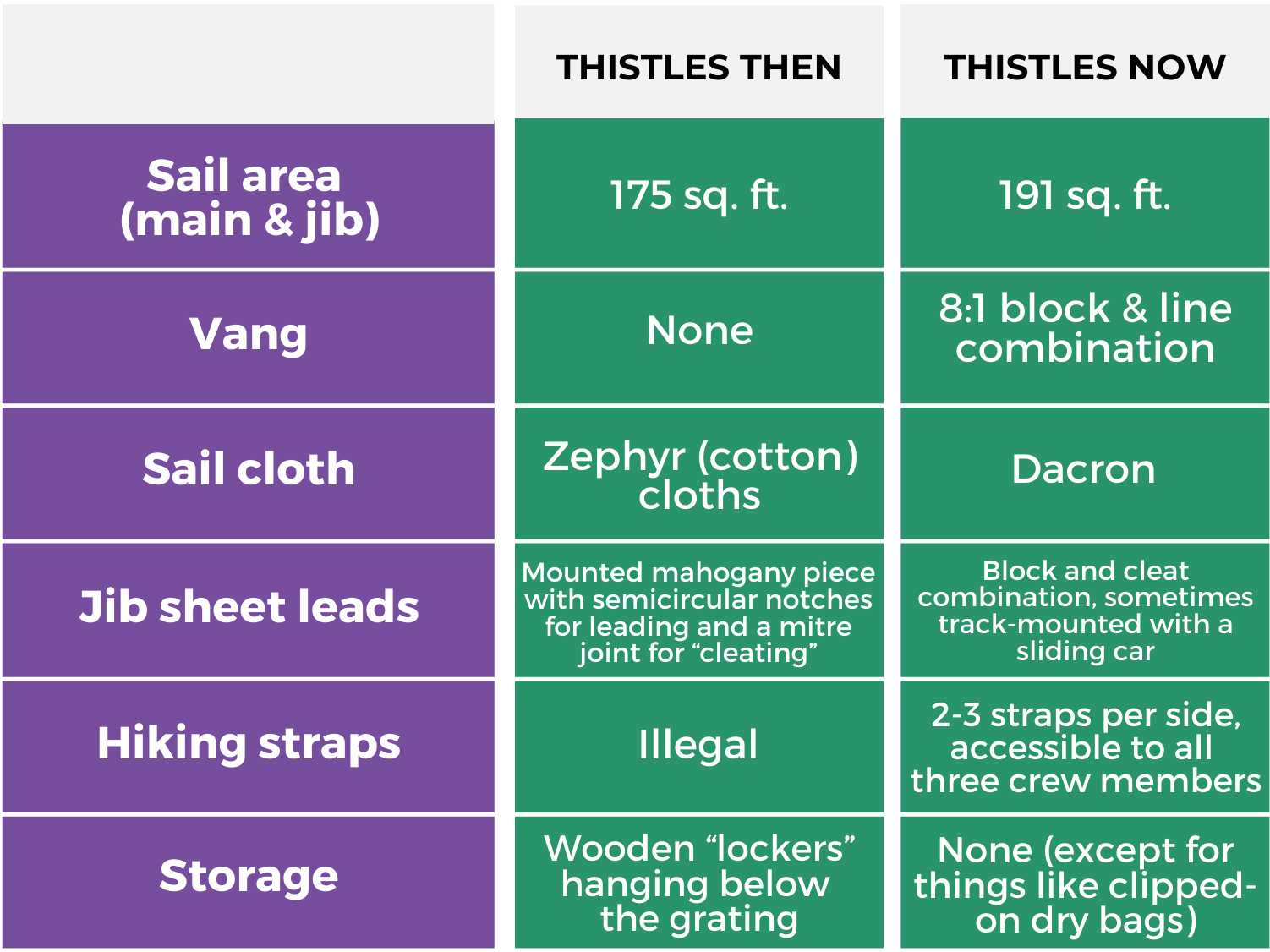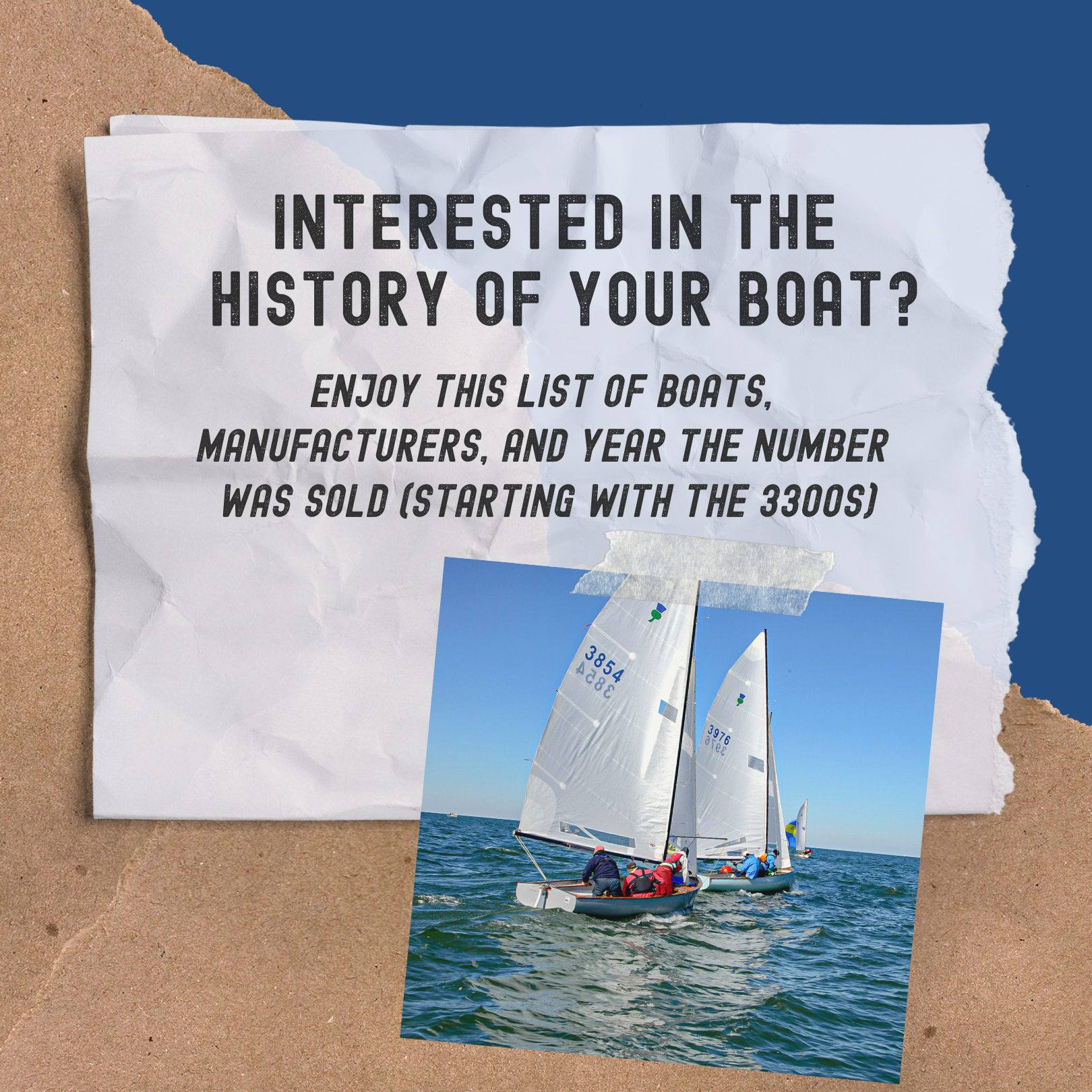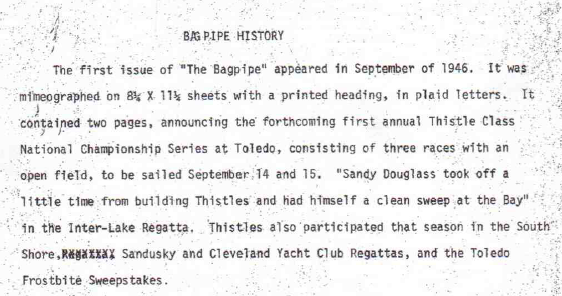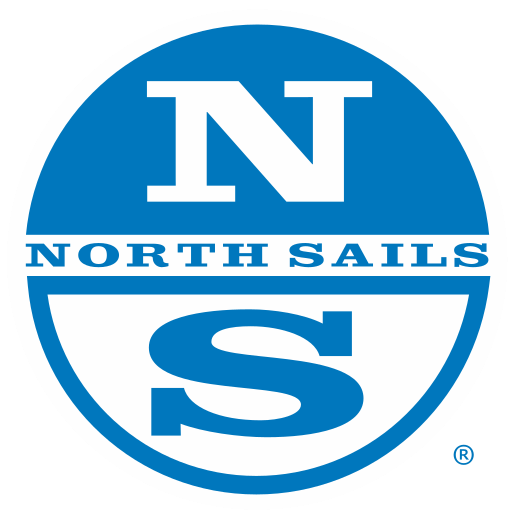The History of the Thistle Class
1945 to Today
The Thistle from 1945...
Imagine it’s 1945. Allied troops landed on the beaches of Normandy in June 1944 forcing a German retreat from France. Early in the spring, the Allies crossed the Rhine River into Germany. With a German retreat on May 7, 1945, Americans are finally believing the second World War is coming to an end.
“Whereas yachting had been, ‘in olden days,’ purely a rich man’s sport, the need for – and the advent of – such eventually popular craft as the Snipe and Comet opened the door for ordinary blokes like you and me, and the rush was on. […] Enter a canny Scot by the name of Gordon K. Douglass – Sandy to many of us. He conjured her up, designed her, and then teamed up with Ray McLeod to build and market their creation as a postwar venture.”
- From History of the Thistle Class: “The First Decade of Thistling” by Ron Small, 1974
What led to Sandy Douglass’ design of the Thistle?
Here, in his own words, are some of Sandy Douglass’ design considerations (excerpts from a mid-1950s issue of Rudder magazine).
“With the continuing change in the world’s economic structure some sailors, finding they could no longer afford their own big boats, looked around for something with the handling quality they knew. But in a smaller size.
“Needed was a family day sailer with excellent handling and performance characteristics. She must be big enough to carry a large party in reasonable comfort, small enough to fit into the average small garage, light enough for two men to be able to load her onto a trailer, and fast enough to give a good account of herself under all conditions. She must be reasonably dry and safer than the average. She must plane well and handle like a thoroughbred…”
While “light enough for two men to be able to load her onto a trailer” might not be right, Douglass designed a boat that has stood the test of time.

The beginning of the Thistle Class Association
According to Douglass, the Thistle was more than just a boat right from the start.
“In the autumn of 1945, as soon as it was evident that the war would end, the prospective Thistle owners, those who had placed orders for boats to be built on an ‘if and when’ basis, met and formed the Thistle Class Association, complete with constitution, by-laws and officers, several months before the first boats were built.”
“The class was so well organized that in 1946, at the end of the first sailing season, the first national championship races were held, the site being Maumee Bay at Toledo, Ohio. What had caused this great interest in a boat which was almost unknown? It has been said many times, and with reason, that it was the Thistle’s first race that, because of it’s unusual nature, made the Thistle Class.”
Thistling spread quickly. The April 1948 Bagpipe cites these numbers:
- 70 Thistles in Ohio
- 29 around Detroit
- 22 on Lake Michigan
- 17 on the Niagara Frontier
- 21 in New England
- 27 around metropolitan New York
- 16 in the Central Atlantic
- 11 in California
- 5 in Florida
...Through Today
Seventy-five (plus) years after the boat’s inception, new boats are still coming out of the mold (with numbers in the 4000s). There are over 1,900 registered Thistles in the US, and about half of those boats are owned by a current TCA member. Though still strong in the midwest where the boat began, you can find Thistles all across the country.
Changes in the boat
At first glance, the Thistle is still close to Douglass’ initial design. But peek in any Thistle today (even Paukie, Thistle #1) and you’ll see a modern racing boat. Here are a few fun differences from 1945 to now.

Evolution of the Bagpipe
What we know as the class magazine started in the mid-1940s as the “official organ of the Thistle Class.” The Bagpipe began as a 2-page newsletter edited by R.K. Laughlin of Oberlin, Ohio.
After seventy-five years and many dedicated Bagpipe editors later, the TCA’s bimonthly Bagpipe – Journal of the Thistle Class Association – is still a mainstay of the class.
Continued tradition of competitive racing
From the beginning, Thistles have had a strong local and national racing circuit. We still hold a rotating National Championship, and the Midwinters East regatta at St. Petersburg Yacht Club has been going strong since 1956.
See the list of Thistle Class champions and the winners of our other chevron events.
Support this great class
The Thistle Class has thrived for more than 75 years because of the dedication of its members. Keep the tradition alive by supporting the class today.









